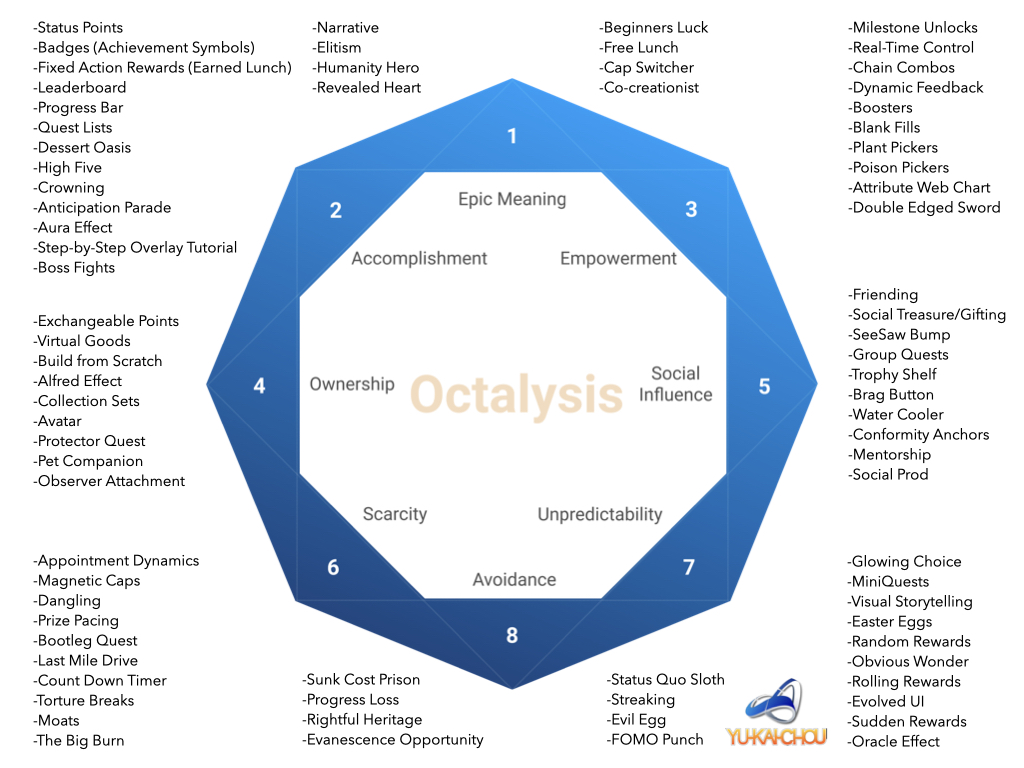Nandakumar Chari
APRIL 28, 2021
Regular sales training can become mundane very quickly. It is found that digital platforms suffer low completion rates of 10-15%. Gamification has recently become popular amongst sales leaders for improving employee performance and reinforcing behaviors.
Your sales reps should be intrinsically motivated to drive higher completion rates, desired behaviors, and performance. Positive Reinforcement is the easiest option and something we have already been doing. For instance, companies provide employees with bonuses for exceeding goals to reinforce selling behaviors.
Most of our customers have reported up to a 50% increase in content engagement after adding Gamified activities to their training. We have compiled the best ways for you to implement gamification and increase engagement at your organization.
What is Gamification?
Gamification is the process of incorporating games or game-like elements into learning. It is a motivational framework for learning that implements game culture. Gamification is rooted in the psychology of thoughts, behavioral patterns, and motivation. It is structured around Human-focused design; optimized for improving engagement.
Businesses often apply gamification to organizational functions such as employee training, recruitment, evaluation, and organizational productivity. For example, managers set up activities such as achieving small milestones in the training cycle to receive positive payoffs.
It provides user autonomy by letting them opt in or opt-out of the game. Additionally, as learner reaches certain goals, they receive constant positive feedback motivating them to try even harder.
Gamification can help your organization to:
- Establish a learning culture
- Find and fix knowledge gaps
- Energize dull training programs
- Make learning fun and effective
- Establish and spread positive employer branding
- Promote team building
LEARN MORE ABOUT OUR GAMIFIED SALES TRAINING
Getting Started with Gamification
- Establish gameplay.
- Define target goals for the activity.
- Goals can be learning tasks, completing certain objectives, or participating in activities.
- Measure performance- scores, participation, and other metrics.
- Embrace strategies for improving performance.
- Repercussions (e.g., losing points) for not performing well.
- Drive competitive activities and leaderboards.
Optimizing Gamification Elements for Increased Learning
1. Contests and Leaderboards
Humans thrive on development, overcoming obstacles, and accomplishments. The contest you run should challenge your reps. They should also feel like they have a real chance at winning the contest.
When holding contests, it is important to strike the perfect balance between challenging and achievability. You should also set up challenges between employees that have similar priorities and focus to increase engagement.
Leaderboards should encourage collaboration and not alienate any reps. A perfect example would be measuring agents who assisted in greater sales instead of who had the most sales.
Microsoft successfully used leaderboards to help keep their codes error-free. They produced a game where staff would check the accuracy of language within their programs and introduced leaderboards globally. In fact, they intentionally introduced poor codes to keep the users engaged.
2. Points and Badges

Source: Yukiachi
Yu-Kai Chou’s Octalysis Framework explains gamification beautifully. It talks about the drive users feel when they own or control something. When they feel something belongs to them, they innately want to increase and improve it.
Thus, including Points and Badges in your gamified activities is important. The use of points encourages and motivates users to showcase desired behaviors and accumulate more points than their peers.
Points: Points should be awarded for activities that facilitate success or when users exhibit positive selling behaviors. For instance, activities like completing training modules, viewing content about a particular topic or skill, or taking an assessment should be awarded.
To further drive learning with points, managers should set up gamification such that reps can lose points for disjointed participation or not completing tasks before the deadline.
Badges: Badges in Gamification aren’t very different from a Boy Scout badge. They are a sign of honor. They showcase that the sales rep has a certain degree of expertise in a skill or topic. Salespeople should be allowed to share their badges on social media or amongst peers to increase the sense of accomplishment.
3. Campaigns and Challenges
Campaigns are a series of challenges. Humans are driven by competition. Thus setting challenges amongst peers is a great way to improve work-related efforts. In gamified sales training, challenges can be completing a course or attaining a benchmark.
Things to remember:
- Lay out your challenges simplistically and in a self-explanatory manner
- Tailor challenges based on reps to keep them eager and motivated
Duolingo’s ongoing campaign for retention is a great example of gamification. They use streaks and daily goals to motivate users to log in every day and continue learning.
4. Feedback and Building A Community
Including team-based tasks and challenges in your gamification program improves collaboration across the organization. Gamification allows employees to compete against each other and creates a chance to bond while learning important aspects of their jobs. It helps people feel like a part of the team.
It’s important to allow team members to congratulate each other, and give and receive feedback on the fly. Gaining feedback from co-workers can carry more weight than when coming from a manager. It can also increase motivation and help build a community of sellers motivating and improving each other’s learning behaviors.
Final Words
In conclusion, gamification is the ultimate tool at your disposal. It helps instill positive learning behaviors and improves sales training. In fact, it can bring rewarding benefits, especially when applied the right way.
To learn how to make training more engaging and fun, subscribe to our blog, and don’t miss out on our latest content.







